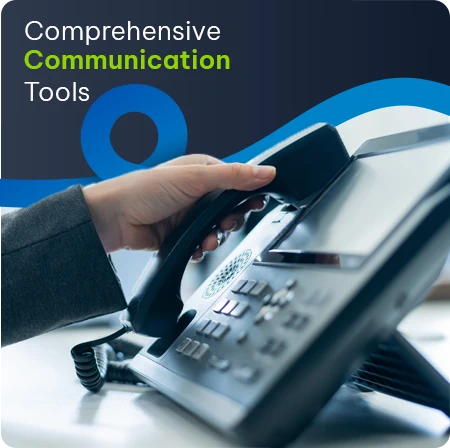The next great shift in work disruption is hybrid work, which is causing organisations to cautiously implement a phased or partial return to the office as we now consider the impact of a digitised workplace that balances working environments and working styles.
After 18 months of working from home, we are now facing a new challenge: how do we return to office life?
In a pre-pandemic world, knowledge work had already been established as the major economic sector, information sharing and effective collaboration on business objectives required meeting in conference rooms and boardrooms. This was largely driven by managers needing physical oversight and monitoring of employees to produce results.
When world economies were forced to work from home, no one challenged this transition. Unknown to us at the time that we would discover a more productive way of conducting business, this is the case for the majority of knowledge workers that have been provided with radical flexibility, enhanced collaboration and self-management to drive task completion.
As we begin to normalise, we face the next impending transition of going back to the office – this is considered to be the next great disruption, and it is going affect work life balance. The pandemic has shown us that employees have the flexibility to work from anywhere and for anyone, making this transition strategy the one chance organisations have to redesign their workspaces and work models to retain their talent pool or attract talent that wasn’t previously available due to geographic limitations.
In a post pandemic world, knowledge workers are expected to only consider job opportunities that include flexible remote work options. A study by Gartner has found that up to “39% of knowledge workers could leave if you insist on a ‘hard return’ to fully on-site work”.
It’s time to rethink the traditional work model and blend flexible remote work to accommodate a hybrid work culture. The trick to doing all this while safeguarding an organisations’ founding culture is to understand how your employees work styles balance with work environments, ultimately to maintain elevated levels of productivity and employee satisfaction.
Understanding working environments and working styles.
After a decade of analysing workstyle evolution, the latest research by Poly has identified 6 workplace personas which account for 92% of a typical enterprise workforce, and 7 personas if you count the 8% which make up the traditional office independent type.
There is no doubt that flexible and hybrid work is here to stay, this is clearly identified by the workstyles of the Connected Executive, Road Warrior, Flexible Worker and Remote Collaborator, making up 52%, with the remaining 44% split between the Office Collaborator and Office Communicator. The Office Collaborator currently holds the highest percentage out of all 6 personas at 27% of the workforce but said to be a declining statistic which will split between the Office Collaborator and Flex Worker as we look to the future.
What does this mean for the digitised workplace and the technology required for effective and efficient communication?
With an exception for the Road Warrior, the remaining 5 workstyle personas indicate the majority of their time being spent at the office, which means organisations need to re-imagine their office workspace strategy with an emphasis on safety and social distancing, flexibility, cost reduction and employee experience, allowing a seamless transition whether collaborating from home or at the office.
The question that many executives are asking themselves to address this challenge is, are the current workspaces and meeting spaces fit for purpose? if the answer is no, you need to identify what impact this is going to have on individual’s productivity, team productivity and employee engagement. To maintain elevated levels or productivity and engagement, meeting spaces need to provide intuitive and familiar interactions, easy to use, with an inclusive experience for remote and local participants.
Just as the right technology and workspace needs are carefully considered for meeting spaces, remote and flexible technology solutions also need a degree of consideration. Not all personal devices are the same, pro-grade headsets are equipped with advanced noise cancelling on both the microphone and speakers, and high-definition webcams provide auto-light correction to create the same professional meeting room experience for in person 1-1 collaboration meetings. These are essential considerations for open plan workspaces or Café’s where distracting noises can impact on far side participants.
We have been given a once-in-a-lifetime opportunity to redesign and rethink our workspaces, for the now and the future needs of flexible hybrid work. The next phase of Technology adoption is going to determine how productive your workspaces and workforce are for years to come.











